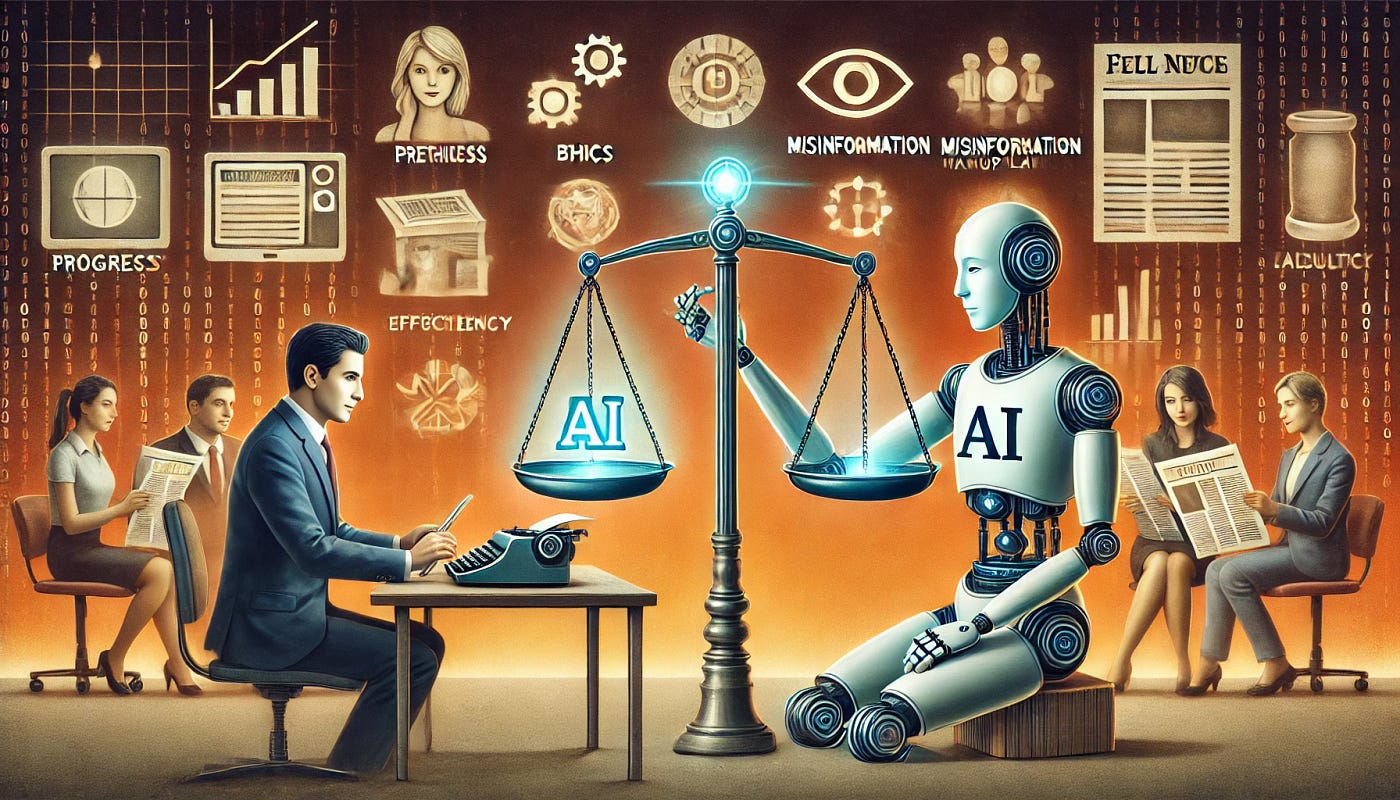Introduction
The information age has brought humanity closer than ever — yet it has also unleashed an era of confusion, manipulation, and misinformation. Artificial intelligence, once hailed as a revolutionary force for transparency, now stands at the center of journalism’s greatest transformation.
From automated reporting to deepfake scandals, AI has redefined how news is created, distributed, and trusted. Meanwhile, celebrities and global leaders are becoming unexpected defenders of truth, advocating for ethical journalism and digital accountability in an increasingly polarized world.
AI and the Automation of News Production
Artificial intelligence has reshaped newsrooms, allowing media outlets to produce content at unprecedented speed. Automated reporting systems now summarize financial updates, sports scores, and political events within seconds.
While efficiency has improved, the growing reliance on machine-generated content raises concerns about accuracy, bias, and authenticity — forcing journalists to adapt as technology becomes both a partner and a competitor.
The Global War on Disinformation
Across continents, nations are grappling with the flood of fake news and digital propaganda. AI-driven algorithms often amplify sensational content, rewarding engagement over truth.
Governments and organizations are responding with AI-powered fact-checking systems and media literacy campaigns, but the battle for factual integrity continues to shape public opinion and political stability worldwide.
Celebrity Voices Defending Media Integrity
Celebrities have become unlikely allies in the fight for honest journalism. Figures like George Clooney, Meghan Markle, and John Legend are publicly challenging media manipulation and supporting initiatives that promote press freedom.
Their involvement has brought a human face to the issue, reminding audiences that misinformation doesn’t just distort politics — it destroys reputations, divides societies, and undermines democracy itself.
AI Deepfakes and the Crisis of Authenticity
Perhaps the greatest threat to journalism today is the rise of AI-generated deepfakes. Hyper-realistic videos can now fabricate events and manipulate public perception with alarming precision.
This technology has prompted urgent calls for global regulation and authentication protocols to preserve the credibility of visual and audio evidence in media reporting.
Global Leadership and Digital Truth Governance
International organizations, including the United Nations and the European Union, are developing frameworks to regulate AI’s role in media and information. These efforts aim to balance freedom of speech with the need for factual accountability.
By promoting AI ethics in journalism, world leaders hope to safeguard democratic values while encouraging technological innovation that enhances — not erodes — truth.
The Future of Human Journalism in a Machine Age
Despite AI’s growing presence, the essence of journalism remains human — storytelling driven by curiosity, empathy, and courage. The challenge for the next generation of reporters is to harness AI responsibly while maintaining the emotional intelligence that machines lack.
Authenticity, context, and moral integrity will continue to define journalism’s survival in an era dominated by data and automation.
FAQs
How is AI changing journalism?
AI automates data collection, content creation, and analytics, enabling faster reporting but also raising concerns about bias and accuracy.
Why are celebrities involved in media ethics?
They use their influence to demand responsible journalism and counter misinformation that affects public trust and individual lives.
What are AI deepfakes and why are they dangerous?
Deepfakes are AI-generated fake videos that can mislead audiences and manipulate political or social narratives.
Can AI help stop fake news?
Yes, when used ethically, AI can detect false information, track misinformation networks, and assist human fact-checkers.
What is the role of global governance in AI media control?
International policies aim to regulate AI’s influence in journalism while protecting freedom of expression and press independence.
Conclusion
The fusion of AI, celebrity advocacy, and global leadership is reshaping journalism’s fight for truth. The media’s future will depend not only on innovation but on integrity — the ability to use technology without surrendering human judgment.
As the world stands at the crossroads of information and illusion, the responsibility to preserve credibility belongs to everyone — from journalists to readers, from leaders to the digital architects of tomorrow.





